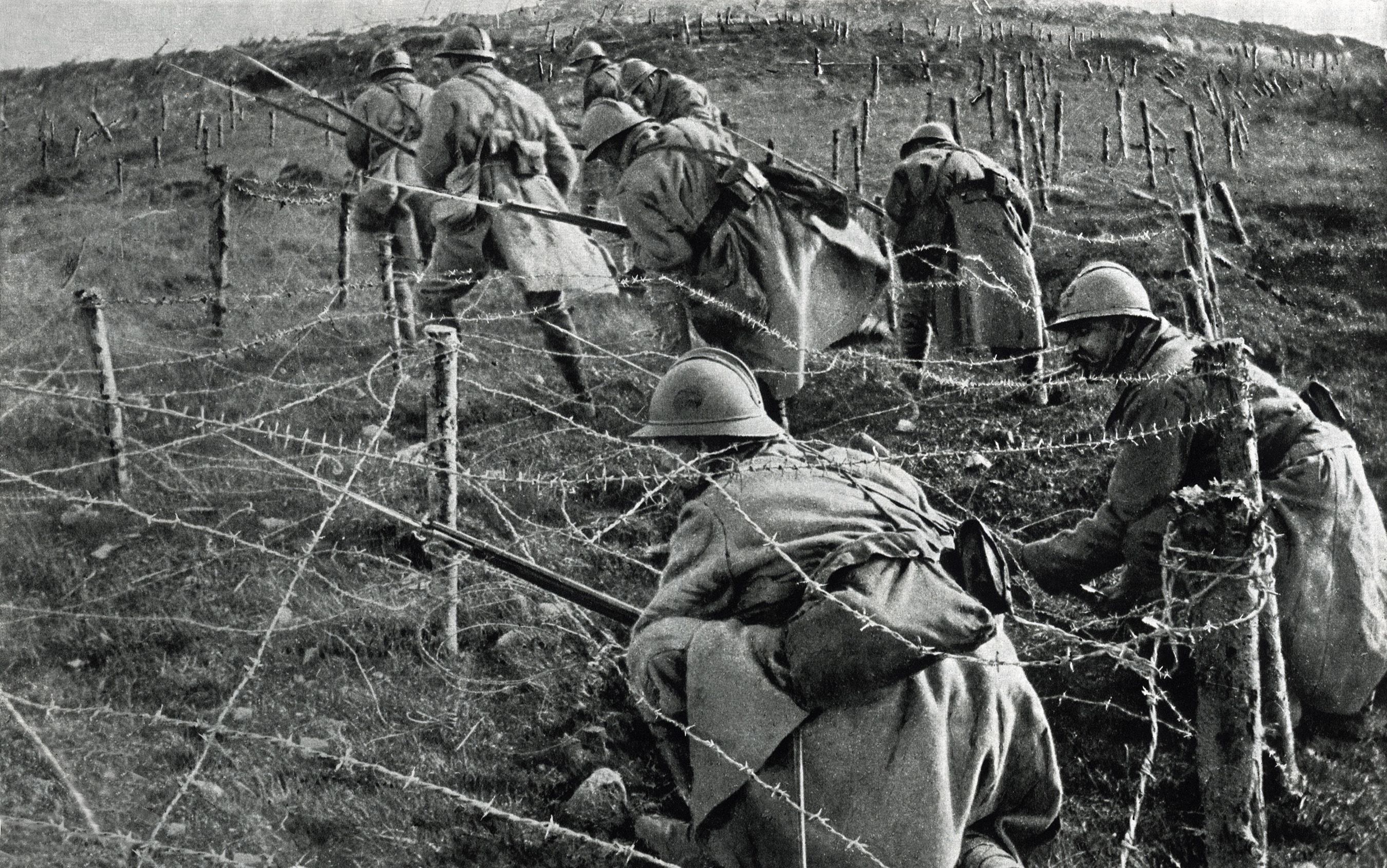Border Patrols deployment of non-lethal tear gas on an unruly mob Sunday is not against the 1993 Chemical Weapons Convention that governs bio-chemical warfare, according to a review of the international laws.
Several prominent media and political figures called the crowd-control measures excessive, and even implied that they violated international treaties. (RELATED: Swalwell Warns Gun Owners: Government Could Nuke Them If They Dont Comply With Potential Gun Ban)
Lmao United States senator. Were doomed. pic.twitter.com/ibUp6F7bBm
— Seth Mandel (@SethAMandel) November 25, 2018
These children are barefoot. In diapers. Choking on tear gas.
Women and children who left their lives behind — seeking peace and asylum — were met with violence and fear.
Thats not my America. Were a land of refuge. Of hope. Of freedom.
And we will not stand for this. https://t.co/1APpeHIq6v
— Gavin Newsom (@GavinNewsom) November 26, 2018
U.S. Customs and Border Protection released a statement Sunday, justifying the use of tear gas to subdue a group shown on video hurling rocks and other projectiles at Border Patrol agents.
Today, several migrants threw projectiles at the agents in San Diego. Border Patrol agents deployed tear gas to dispel the group because of the risk to agents safety. Several agents were hit by the projectiles. The situation is evolving and a statement is forthcoming.
— CBP (@CBP) November 25, 2018
Border Patrol Chief Carla Provost claimed Monday on Fox News that migrants were assaulting law enforcement, throwing rocks and bottles.
.@USBPChief Provost: Yesterday our agents were being assaulted. A large group rushed the area & were throwing rocks & bottles at my men & women, putting them in harms way as well as other members of the caravan. More via @FoxandFriends https://t.co/6GtmTBOHzw
— CBP (@CBP) November 26, 2018
Domestic use of non-lethal irritant chemicals is addressed specifically in the Chemical Weapons Convention of 1993, which has been agreed to by 193 member states. There is nothing in the arms treaty that prohibits it. Tear gas is used routinely by police to disperse riots, like those that erupted in Ferguson, Missouri, following the shooting of Michael Brown in 2014. The FBI also used it in 1993 during the stand-off with the Branch Davidians in Waco, Texas. (RELATED: Growing Number Of Race Riots Leave A Dark Mark On Obamas Legacy)
Migrants from Central America and journalists are hit by tear gas after hundreds tried to illegally cross the Mexico border into the United States in Tijuana, Mexico November 25, 2018. REUTERS/Adrees Latif
“The International Committee of the Red Cross (ICRC) believes that the use of toxic chemicals as weapons for law enforcement purposes should be limited exclusively to riot control agents, which have long been accepted as legitimate means for law enforcement,” the organization said in a 2013 statement.
Article I(5) of the Convention states, “Each State Party undertakes not to use riot control agents as a method of warfare.”
“Riot control agent” is defined in Article II(7) as “any chemical not listed in a Schedule, which can produce rapidly in humans sensory irritation or disabling physical effects which disappear within a short time following termination of exposure.”
However, the Convention does not recognize the policing of a nations internal affairs as warfare. According to Article II(9)(d), in a section entitled, “Purposes Not Prohibited Under this Convention,” the international laws against riot control agents do not apply to “law enforcement including domestic riot control purposes.”
French soldiers crawling through their own barbed wire entanglements as they begin an attack on enemy trenches. April-June, 1916 (Everett Historical/Shutterstock)
The Strasbourg Agreement of 1675 was the first international statute governing the use of chemical weapons in warfare, made when France and the Holy Roman Empire banned the use of poisoned bullets. Multilateral agreements in later centuries reiterated this principle, like the Hague Conventions of 1899 and 1907, where members agreed “to abstain from the use of projectiles, the sole object of which is the diffusion of asphyxiating or deleterious gases.”
Despite these agreements, World War I saw an unprecedented use of chemical weapons. “By the wars end, some 124,200 [tons] of chlorine, mustard and other chemical agents had been released, and more than 90,000 soldiers had suffered painful deaths due to exposure to them,” according to the Organization for the Prohibition of Chemical Weapons (OPCW). “Close to a million more people left the battlefields blind, disfigured or with debilitating injuries.” (RELATED: Trump Ridicules Macron Approval Rating, French World War Losses)
In response, the self-proclaimed civilized nations of the world signed the 1925 Geneva Gas Protocol, which forbade “the use in war of asphyxiating, poisonous or any other gases, and of all analogous liquids, materials or devices.”
Border Patrols deployment of non-lethal tear gas on an unruly mob Sunday is not against the 1993 Chemical Weapons Convention that governs bio-chemical warfare, according to a review of the international laws.
Several prominent media and political figures called the crowd-control measures excessive, and even implied that they violated international treaties. (RELATED: Swalwell Warns Gun Owners: Government Could Nuke Them If They Dont Comply With Potential Gun Ban)
Lmao United States senator. Were doomed. pic.twitter.com/ibUp6F7bBm
— Seth Mandel (@SethAMandel) November 25, 2018
These children are barefoot. In diapers. Choking on tear gas.
Women and children who left their lives behind — seeking peace and asylum — were met with violence and fear.
Thats not my America. Were a land of refuge. Of hope. Of freedom.
And we will not stand for this. https://t.co/1APpeHIq6v
— Gavin Newsom (@GavinNewsom) November 26, 2018
U.S. Customs and Border Protection released a statement Sunday, justifying the use of tear gas to subdue a group shown on video hurling rocks and other projectiles at Border Patrol agents.
Today, several migrants threw projectiles at the agents in San Diego. Border Patrol agents deployed tear gas to dispel the group because of the risk to agents safety. Several agents were hit by the projectiles. The situation is evolving and a statement is forthcoming.
— CBP (@CBP) November 25, 2018
Border Patrol Chief Carla Provost claimed Monday on Fox News that migrants were assaulting law enforcement, throwing rocks and bottles.
.@USBPChief Provost: Yesterday our agents were being assaulted. A large group rushed the area & were throwing rocks & bottles at my men & women, putting them in harms way as well as other members of the caravan. More via @FoxandFriends https://t.co/6GtmTBOHzw
— CBP (@CBP) November 26, 2018
Domestic use of non-lethal irritant chemicals is addressed specifically in the Chemical Weapons Convention of 1993, which has been agreed to by 193 member states. There is nothing in the arms treaty that prohibits it. Tear gas is used routinely by police to disperse riots, like those that erupted in Ferguson, Missouri, following the shooting of Michael Brown in 2014. The FBI also used it in 1993 during the stand-off with the Branch Davidians in Waco, Texas. (RELATED: Growing Number Of Race Riots Leave A Dark Mark On Obamas Legacy)
Migrants from Central America and journalists are hit by tear gas after hundreds tried to illegally cross the Mexico border into the United States in Tijuana, Mexico November 25, 2018. REUTERS/Adrees Latif
“The International Committee of the Red Cross (ICRC) believes that the use of toxic chemicals as weapons for law enforcement purposes should be limited exclusively to riot control agents, which have long been accepted as legitimate means for law enforcement,” the organization said in a 2013 statement.
Article I(5) of the Convention states, “Each State Party undertakes not to use riot control agents as a method of warfare.”
“Riot control agent” is defined in Article II(7) as “any chemical not listed in a Schedule, which can produce rapidly in humans sensory irritation or disabling physical effects which disappear within a short time following termination of exposure.”
However, the Convention does not recognize the policing of a nations internal affairs as warfare. According to Article II(9)(d), in a section entitled, “Purposes Not Prohibited Under this Convention,” the international laws against riot control agents do not apply to “law enforcement including domestic riot control purposes.”
French soldiers crawling through their own barbed wire entanglements as they begin an attack on enemy trenches. April-June, 1916 (Everett Historical/Shutterstock)
The Strasbourg Agreement of 1675 was the first international statute governing the use of chemical weapons in warfare, made when France and the Holy Roman Empire banned the use of poisoned bullets. Multilateral agreements in later centuries reiterated this principle, like the Hague Conventions of 1899 and 1907, where members agreed “to abstain from the use of projectiles, the sole object of which is the diffusion of asphyxiating or deleterious gases.”
Despite these agreements, World War I saw an unprecedented use of chemical weapons. “By the wars end, some 124,200 [tons] of chlorine, mustard and other chemical agents had been released, and more than 90,000 soldiers had suffered painful deaths due to exposure to them,” according to the Organization for the Prohibition of Chemical Weapons (OPCW). “Close to a million more people left the battlefields blind, disfigured or with debilitating injuries.” (RELATED: Trump Ridicules Macron Approval Rating, French World War Losses)
In response, the self-proclaimed civilized nations of the world signed the 1925 Geneva Gas Protocol, which forbade “the use in war of asphyxiating, poisonous or any other gases, and of all analogous liquids, materials or devices.”













